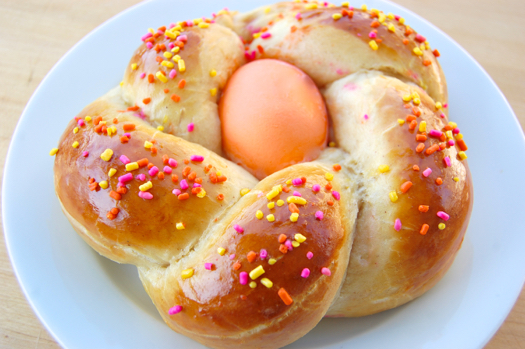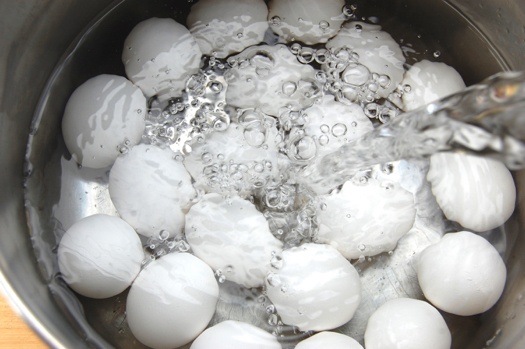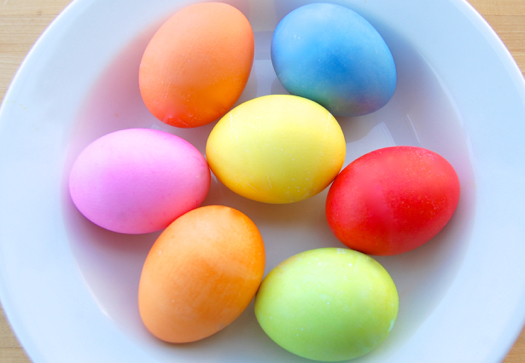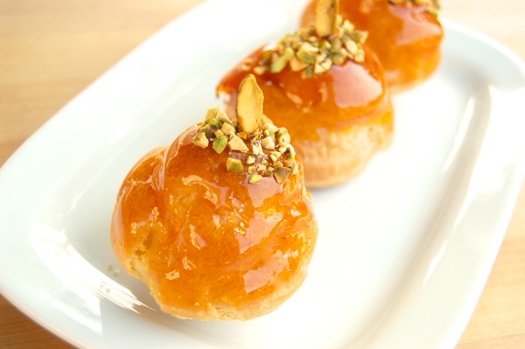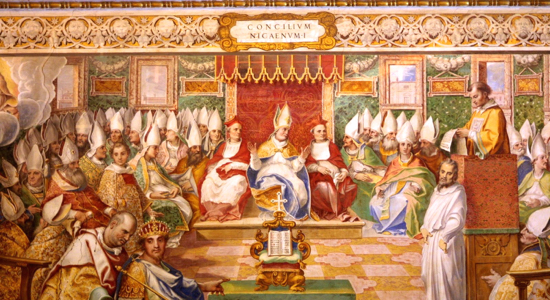
We’re getting some warm spring breezes in Louisville today and they’re welcome after a not very snowy but conspicuously cold winter. Puts an old Catholic like myself in the mood for Easter, because if Easter isn’t about tulips, short sleeve shirts and roast spring chickens, then what’s it about? The resurrection of Christ thing, that’s a for-sure.
Reader Dusty wrote in to ask an interesting question: why does Easter move around the spring calendar so drastically when other big Christian holidays like Christmas are always on the same day each year? That’s a lovely one, and it all goes back to a little something called the Council of Nicaea, a gathering of Christian leaders that was convened in 325 A.D. by Constantine the Great, the Roman emperor whose conversion to Christianity turned the entire Roman Empire Catholic in one fell swoop, transforming the faith from an underground religion to an officially sanctioned church.
READ ON
